
What is a Master-Planned Community?
Posted by Bruce Borden in Home Maintenance
Planning to elevate your home’s curb appeal with easy-to-maintain front yard landscaping? Dive into this curated list of ideas, complete with stunning photos from our M/I model homes across the country! Whether you're looking to refresh your current setup or start from scratch, we hope these ideas will spark your creativity and help you envision the perfect front yard transformation.
Drought tolerant and requiring minimal maintenance, ornamental grasses typically require little care once established. They don't need frequent watering, fertilizing, or pruning like some other plants. With their aesthetic appeal and low-maintenance nature, ornamental grasses can be a fantastic addition to any garden or outdoor space in a front yard!
Types to consider:
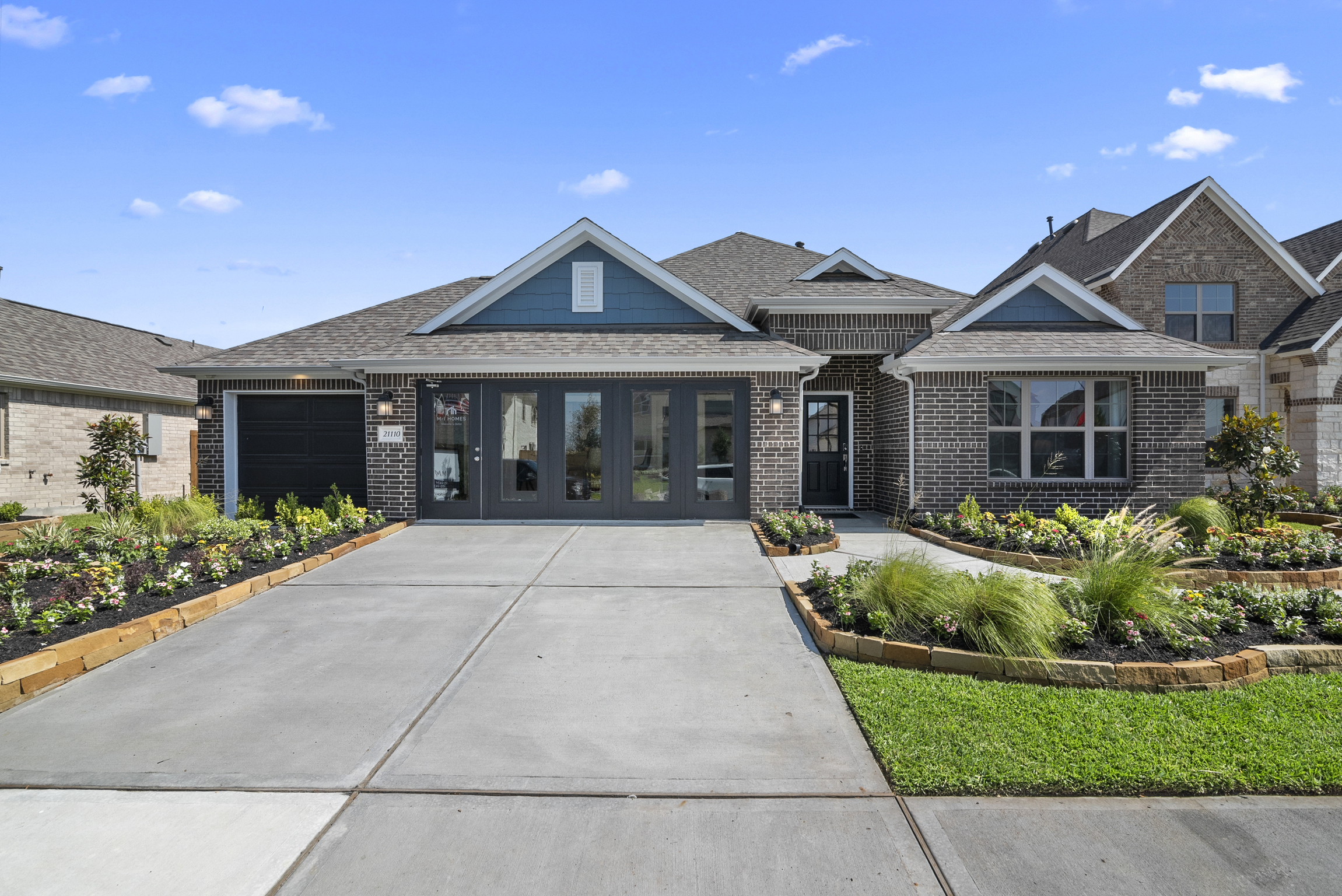
Native plants have evolved over time to thrive in the specific climate, soil, and environmental conditions of the region you live in! This adaptation means they typically require less water, fertilizer, and pest control compared to non-native species.
Plus, because they are well-suited to the local environment, native plants are more likely to establish strong root systems and persist over time. This stability reduces the need for replanting or replacing plants frequently.
Read about the native plants in your area!
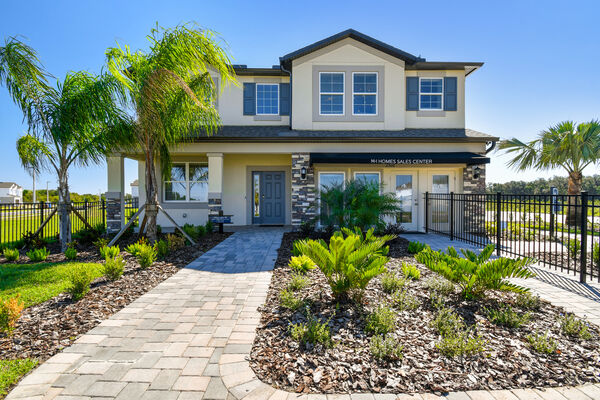
The elevated position of raised beds promotes better water retention and prevents waterlogging, especially in heavy clay soils or areas prone to flooding. This efficient water management reduces the frequency of watering and helps maintain consistent soil moisture levels essential for plant health
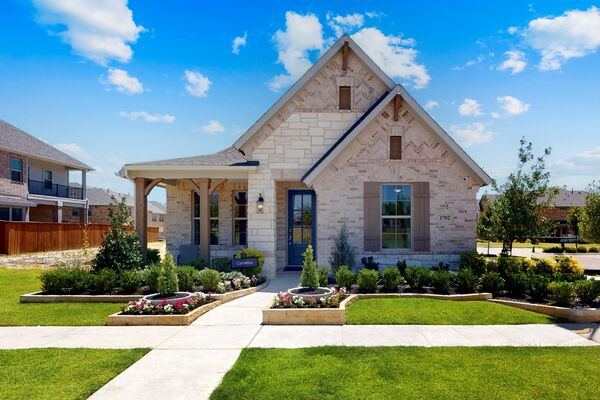
Ground covers form dense mats or carpets that smother weeds and reduce weed germination by blocking sunlight from reaching the soil. This reduces the need for frequent weeding and minimizes competition for nutrients and water among desirable plants, leading to healthier overall garden conditions.
They can be used to create uniformity and continuity in landscaping, serving as a backdrop or complement to other garden elements such as shrubs, trees, and flowering plants. Ground covers also offer seasonal interest through foliage color changes or blooms.
Types to consider:
Evergreens maintain their foliage throughout the year, providing structure and color even in winter when deciduous trees have shed their leaves. This ensures that your front yard remains attractive and lively, enhancing the aesthetic appeal of your home regardless of the season!
Evergreen shrubs and bushes provide structural integrity to your front yard landscape with their year-round presence and defined shapes. They can serve as focal points or anchor plants in garden beds, adding depth and dimension to your landscaping design. Not to mention, they’re low maintenance!
Types to consider:
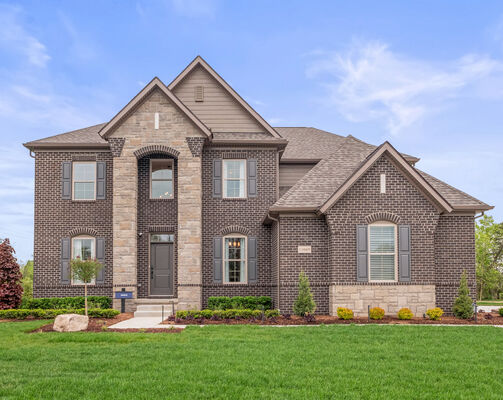
Perennials are plants that live for more than 2 years—often many years—compared to annuals which complete their life cycle in one growing season. Their long lifespan means you invest in plants that will continue to provide beauty and structure to your garden for multiple seasons without needing to be replanted each year. This makes them a cost-effective choice over time, especially when compared to annuals that require annual replanting.
Perennials offer a wide range of colors, textures, and bloom times throughout the growing season. By planting a variety of perennials with staggered bloom times, you can ensure continuous color and interest in your garden from early spring to late fall.
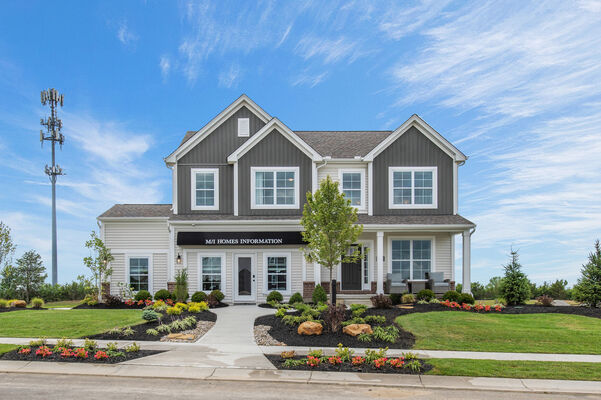
Utilize vertical space by installing vertical gardens or living walls. Plant species such as ferns, mosses, and trailing succulents in wall-mounted containers or modular planting systems. Vertical gardens can add visual interest to walls or fences, reduce the need for ground-level planting, and are generally easier to water and maintain.
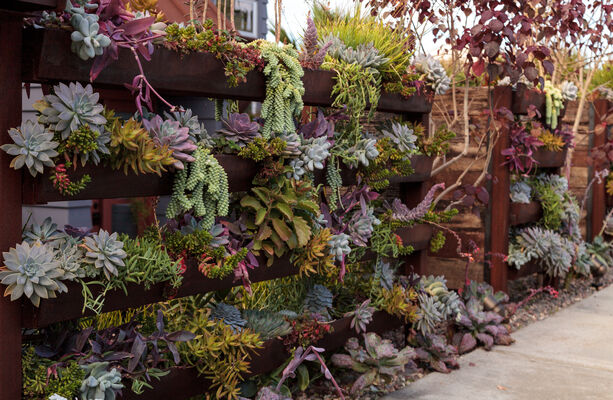
Create a rock garden with drought-resistant plants and rocks for a low-maintenance, water-efficient landscape. This design approach requires minimal watering and maintenance once established, making it ideal for Texas gardens and Florida gardens with hot summers. The combination of rocks and plants creates visual interest and texture.
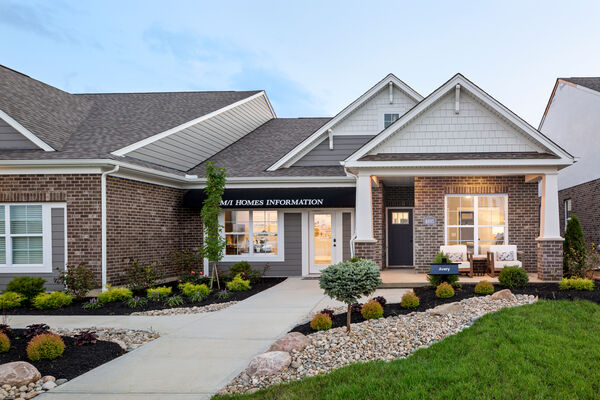
Use garden accessories like landscaping fabric under mulch to suppress weeds, rain barrels for water conservation, and solar-powered lights for energy-efficient outdoor lighting. By blocking sunlight and preventing weed seeds from germinating, garden fabric reduces the need for manual weeding. It also helps retain moisture in the soil and maintains a tidy appearance in garden beds and pathways.
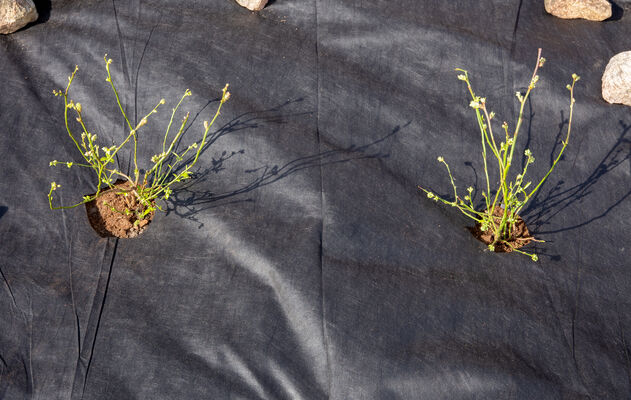
Install drip irrigation or soaker hoses to deliver water directly to plant roots, reducing water waste and the need for manual watering. Once installed and programmed, automatic irrigation systems operate on a set schedule without the need for manual watering. This saves homeowners valuable time and effort spent on daily watering tasks, freeing up time for other garden maintenance activities or leisure.
Automated systems can be set to water during early morning or late evening hours when evaporation rates are lower, maximizing water efficiency.
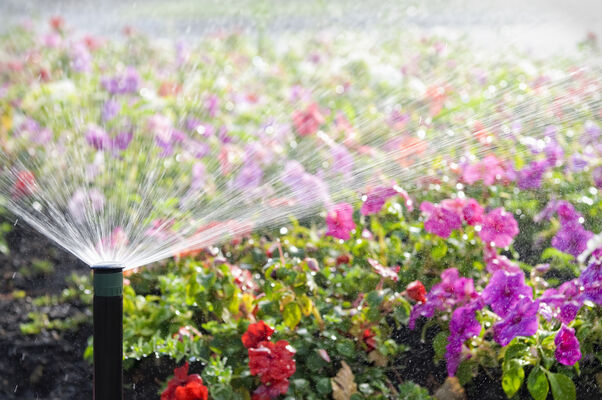
By implementing any of these ideas, you can create a beautiful front yard landscape that requires less time and effort to maintain, allowing you to enjoy your outdoor space all year long with minimal upkeep!

Author
Bruce has been with M/I Homes for over 20 years, has been the National Customer Experience Manager for over 10 years, and has been in the home building industry for over 30 years. Happily married and a proud father, Bruce enjoys outdoor activities and home improvement projects, and has never met someone he didn't like.
What is a Master-Planned Community?
Understanding Builder Incentives: Closing Costs, Rate Buydowns, and More

Author
Bruce has been with M/I Homes for over 20 years, has been the National Customer Experience Manager for over 10 years, and has been in the home building industry for over 30 years. Happily married and a proud father, Bruce enjoys outdoor activities and home improvement projects, and has never met someone he didn't like.


